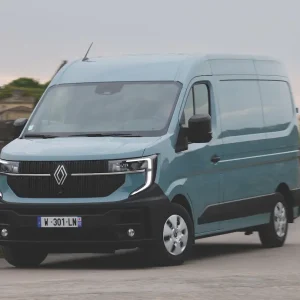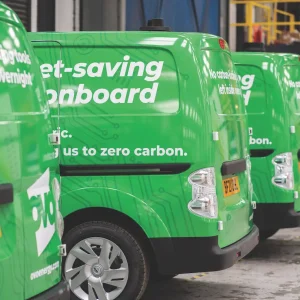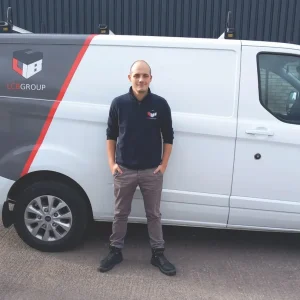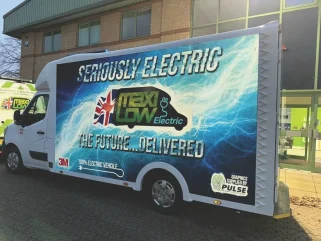
Light commercials with a low floor height for ease of loading and a large amount of cargo space have long been demanded by businesses that shift everything from furniture to parcels. Often based on 3.5t chassis platforms rather than chassis cabs, and not really suitable for construction on a van factory assembly line, they are invariably produced by specialist body builders who have managed to create products that are light in weight yet durable.
One of the foremost and longest-established players in this sector of the market is Loughborough, Leicestershire-based Maxi-Low, winner of our Converter of the Year award.
A well-known player in the field, it has built bodies on a variety of different platforms including Volkswagen’s Crafter, Mercedes-Benz’s Sprinter, Iveco’s Daily and Peugeot’s Boxer. Not ignoring the advantages of going zero-emission, it has recently built a body on an electric Renault Master; and it is the work it has done on developing a purpose-built battery-powered low-floor model for a major fleet customer that has helped to win it our Converter of the Year award for 2025.
Said to be the first vehicle of its type, and designed specifically for a prominent distribution chain handling two-man urban deliveries countrywide for a well-known brand, it can handle a payload of over a tonne. It offers a real-world range between recharges of over 155 miles, says Maxi-Low.
Its ultra-lightweight body can stand up to the rigours of everyday operation, the firm says, and is tough enough to withstand a side impact of over 1.2 tonnes.
Made of polypropylene, and 95% recyclable, it features an anti-slash roof. Thieves are more than capable of climbing on top of a vehicle, cutting a hole, then dropping down into the load area to try and grab whatever the vehicle is carrying.
The body is constructed in such a way that it can often be repaired without the need to replace panels completely, thereby maximising uptime.
Big light commercial bodies need to be aerodynamic to minimise energy consumption. Hence the design and construction of the Maxi-Low vehicle’s aerodynamic roof pod, the rear vortex moulded into the aerodynamic roof, and the side wings.
The newcomer was extensively tested, laden and in a variety of weather conditions, prior to going into service. The tests provided data that resulted in a number of improvements, says Maxi-Low.
The new vehicle is the first in a range of electric urban delivery models which the company will develop during 2025 with target ranges of 230 to 270 miles or more. Maxi-Low’s aim is to build over 50% of its bodies on electric platforms, undoubtedly allowing them to change with the times.
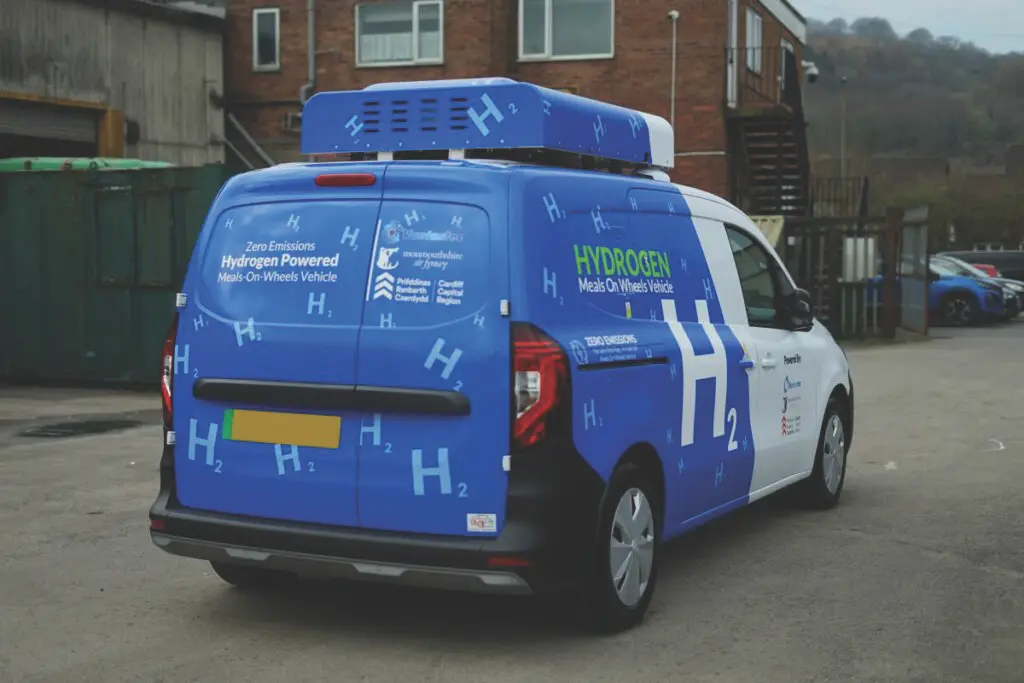
Highly Commended: Vantastec
Few light commercials can genuinely lay claim to be the first in their field, but we are convinced that Vantastec has come up with one. Working in partnership with Monmouthshire County Council, it has developed a meals-on-wheels van that uses hydrogen to power its microwaves, regeneration ovens and water heaters.
The vehicle is based on an electric Nissan Townstar EV, and the use of hydrogen to drive its onboard equipment enhances its zero-emission credentials. The hydrogen power unit Vantastec has created and is in the process of patenting can be refuelled in under 10 minutes and – remarkably – can be used as a standalone power source for charging a battery-powered van.
Vantastec is an experienced producer of meals-on-wheels vans and has supplied them to councils, charities and other organisations throughout the UK.
It has also built a vehicle for use by the South East Wales branch of Carer’s Trust, a nationwide charity that delivers support to unpaid carers. Designed for a new mobile care service it is introducing, the office/workstation allows the charity to bring support directly to those who need it most.
Features include a countertop unit with a washbasin and cupboards, air-conditioning, privacy blinds, benches, a foldaway table, a TV, 12V power sockets and a generator.

